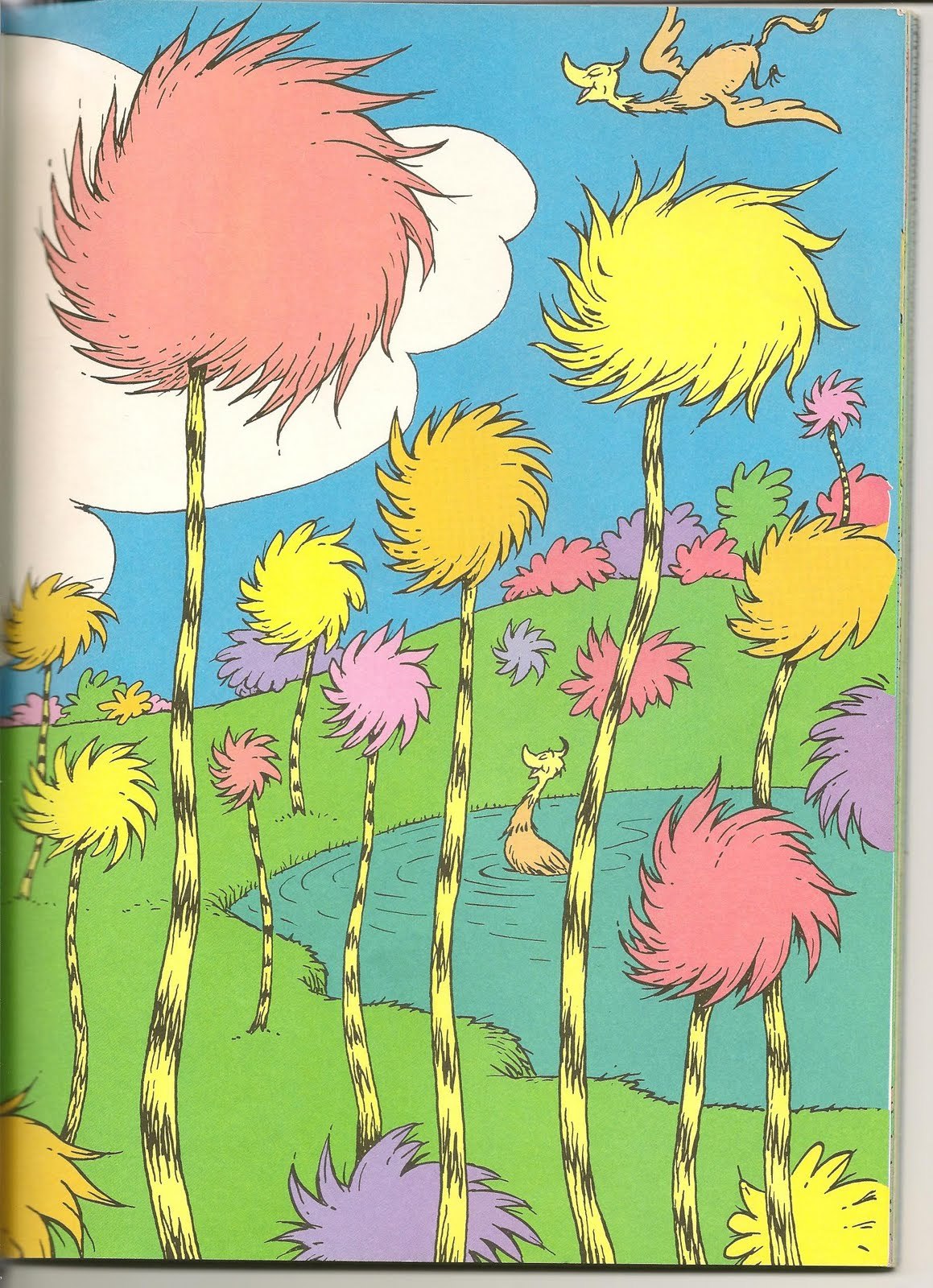To celebrate the first day of spring yesterday, a friend and I went out to Woodard Bay for a walk. The sheets of hail had stopped not an our earlier, but being foul-weather friends, we wore our rain gear nonetheless. Despite the promise of the vernal equinox, it was still March in the Pacific Northwest.
Woodard Bay's full name is Woodard Bay Natural Resource Conservation Area. It's an 800-acre piece of land managed by the Department of Natural Resources for wildlife habitat and human recreation (hiking, non-motorized boating). It's one of my favorite watery-woodsy places on Puget Sound and its just fifteen minutes north of downtown Olympia.
Woodard Bay is famous for its enormous colony of bats, which I did not expect to see in broad daylight, and it's population of nesting herons, which I assumed nested on the wide timbers of the old creosote-soaked railroad pier. They do not. The enormous Great Blue Heron (Ardea herodias) nest in the tops of some very tall, very skinny, very improbable-looking trees. In the photograph above, the nests kind of look like galls on goldenrod. These trees are about 100 feet tall and are, I believe, red alders. My friend commented that they looked like something from a Dr. Seuss story.

In fact, the herons build these nests in colonies known as heronries or rookeries. The male heron brings sticks and other nesting material to the female heron who weaves it together for form a nest from 20 inches to 4 feet wide. The nest will be lined with softer material such as moss and grass. Nest building takes from 3 to 21 days and the female will lay 2-6 eggs (number seems related to latitude), which will be incubated for about a month. The nestling period last 46-81 days.
It was strange and marvelous watching such enormous birds land in these insubstantial trees. How, we wondered, could these trees support such birds? I read later that though the length of a mature heron is about 46 inches and its wingspan about 72 inches, it weighs only about 5 pounds. I guess this should come as no big surprise given that birds are mostly feather and hollow bone.
If you live in the Olympia area, get to Woodard Bay quick! The trail to the heronry is closing on March 25 to protect these Great Blues during this critical nesting time.
Click here to learn more about Woodard Bay NRCA
Click here to learn more about Great Blue Herons from the Cornell Lab of Ornithology.

